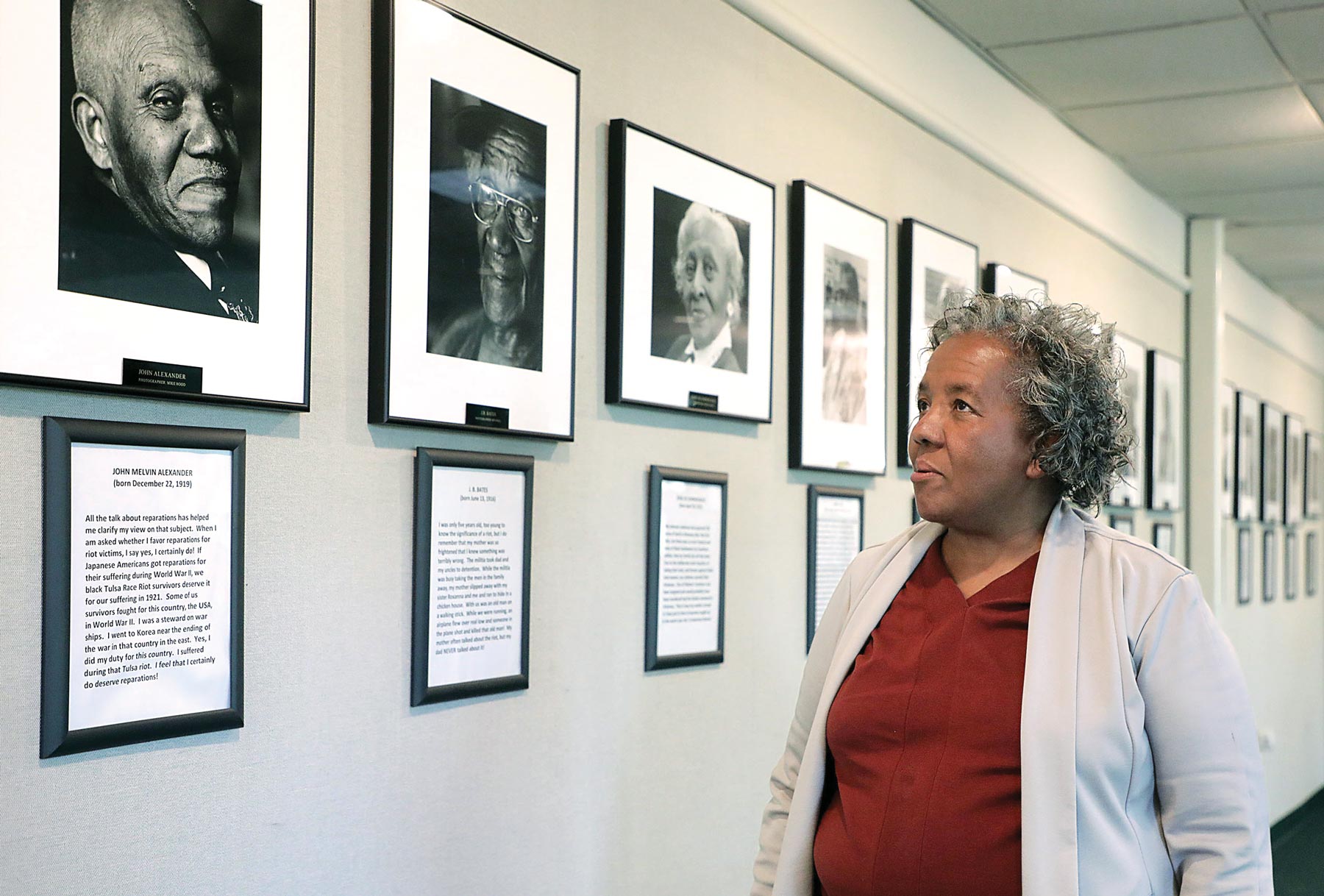
A Matter of Resilience

As a girl, she fell in love with slide rules and regretted when they were replaced by calculators. She sat in on her brother’s math tutoring lessons. Their mother, a certified substitute teacher, bought textbooks for home study and gave her children reading assignments.
“Mom made it perfectly clear to my older brother, Paul, and me that all of our schooling was in preparation to go to college,” says Alexander, a pioneering Black lawyer in eastern Oklahoma. “She had definitive ideas about the education of her children. In retrospect, Paul and I have realized that we were sent to school, but we were also home-schooled.”
Alexander’s education included integrating Tulsa’s Holland Hall, a prep school for children of elite, white families, before going to Swarthmore in 1969 on a full scholarship. Her mother, Marie — herself a college graduate, with a minor in education — was determined her children would be driven and self-reliant.
That fierce focus on education and achievement, Alexander now realizes, was built on a history of resilience born from tragedy. Her parents were survivors of the 1921 Tulsa race massacre, one of the most depraved acts of racial violence in U.S. history.
“Their childhood experience was the rebuilding of Tulsa,” she says. “That must explain some of the choices they made in raising us.”
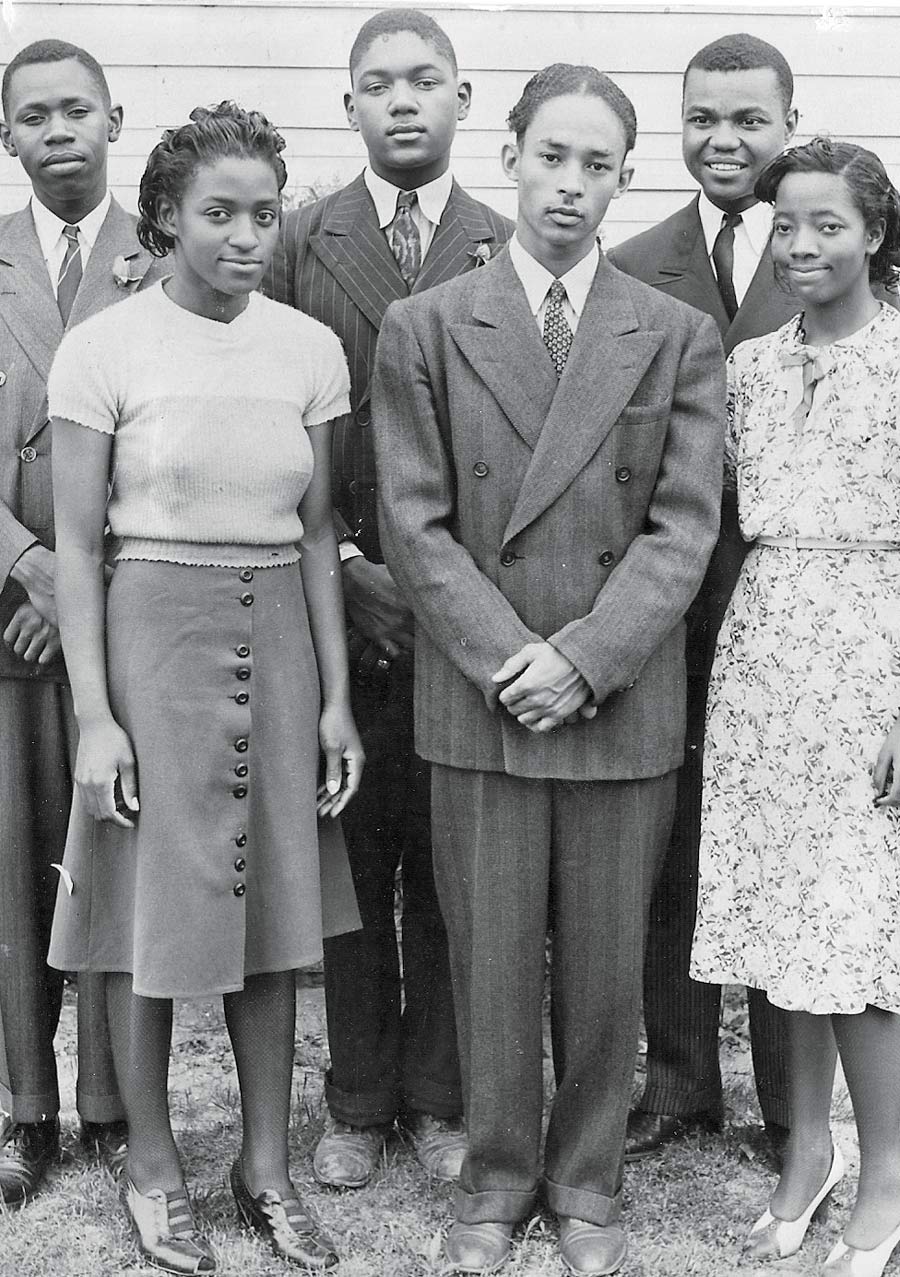
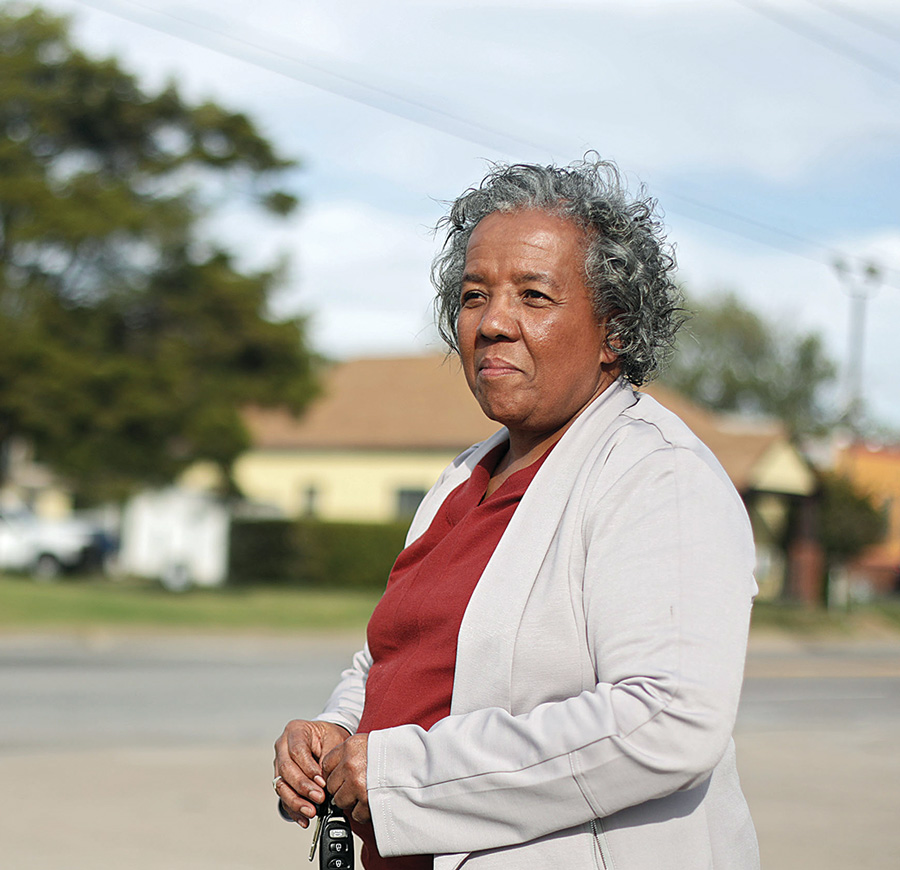
Dubbed “Black Wall Street,” Greenwood had been a physical symbol of Black prosperity, some 35 blocks of vibrant businesses, well-furnished homes, and both college-educated and impoverished people. The wave of destruction, which started on May 31, 1921, and lasted for 18 hours, was catastrophic, causing millions of dollars in property damage, in addition to the loss of financial legacies.
Neither side of Alexander’s family sustained property damage in the massacre; her father, John, told the Tulsa Reparations Coalition that his father unlocked his doors, prayed to God to keep his house intact, and fled with his family before the mob approached. His own house spared, he later opened it up to those who were left with nothing. Despite the magnitude of the losses of life and way of life, within three months the community had begun to rebuild on its own. During the 1930s and 1940s, many of Greenwood’s businesses and its vitality were restored.
But over the decades, conversations about the massacre slowly slipped into the darkness like a shadow. Few people talked about it — in fact, Alexander’s grandfather never mentioned the riots to her father until later in life.
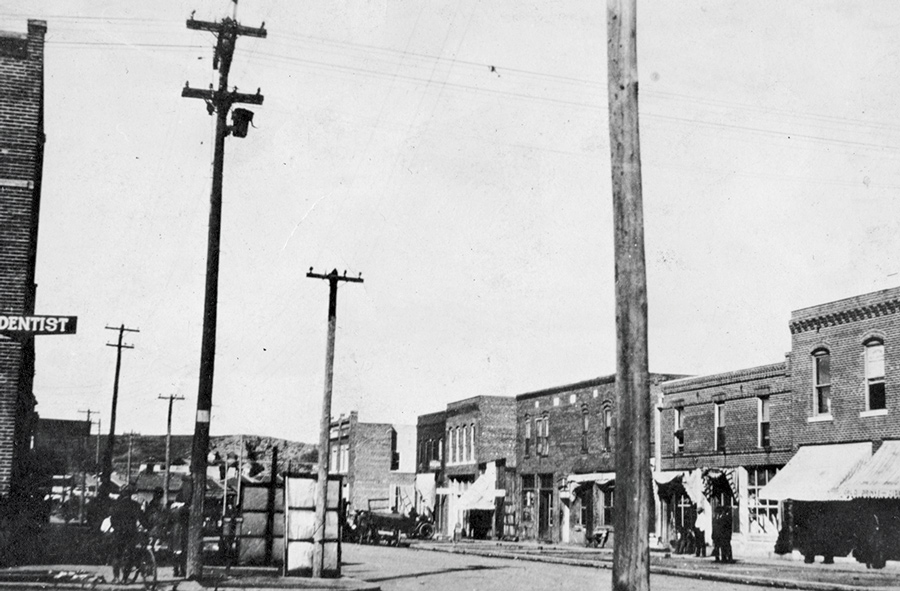
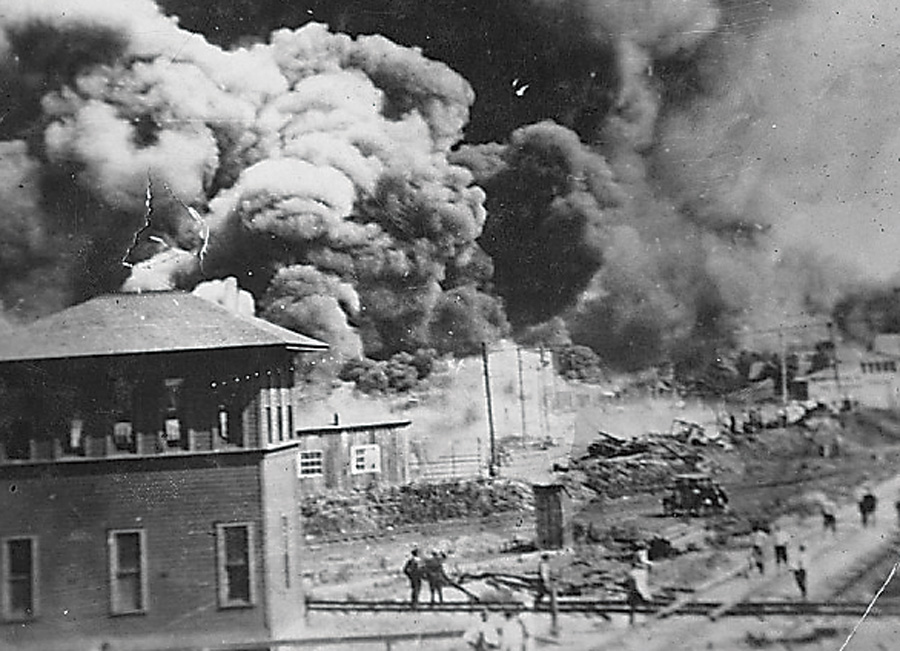
“What Black Wall Street is, is fertile ground,” Alexander says. “It showed that Black people can thrive. We are not dependent. It thrived without being dependent upon white people.”
Alexander’s family has its own history of empowerment. Her mother’s father was a carpenter who owned property. He made sure his only child, Alyce Marea, called Marie, attended college. She graduated with a chemistry degree and tested gunpowder for DuPont during World War II. Her father worked at the Post Office and spent his off days as a popular bartender and waiter at parties for area families and businesses.
When the local prep school, Holland Hall, decided to integrate, Alexander was selected to enroll. She felt no animosity there, but her mother had prepared her well for people who would judge her by her skin color and gender — like the white counselor at her former high school who implied that she wasn’t fit for college.
“She didn’t know anything about me,” Alexander says. “All she knew was I had colored skin and I was female. And that statement to me said, ‘When I look at you, I don’t see a prospective college student. … Somebody who looks like you shouldn’t want to go to college.’”
Holland Hall, meanwhile, “saw a prospective college student, and Holland Hall expected me to want to go to college.”
Growing up in Oklahoma made it hard for her to relate to the Black students she met on campus, many of whom were from the East Coast. “Before I got to Swarthmore, I didn’t understand ghettos; I understood all-Black towns,” she says. “I didn’t know about or understand the Great Northern Migration; I understood the Trail of Tears and the Okie migration to California during the Dust Bowl.”
“They were talking about their life experiences, which were just foreign to me,” she says.
“Part of the dynamics at Swarthmore [was] that the Black students would sit together in the dining hall,” Alexander says. She initially joined them but struggled to connect. “Finally, I just asked myself a question: But for the color of my skin, would I know these people? When the answer was no, I got up and left.”
She retreated into avenues that enriched her experience, joining varsity sports and taking computer programming courses. She chose Russian literature and engineering as elective graduation requirements.
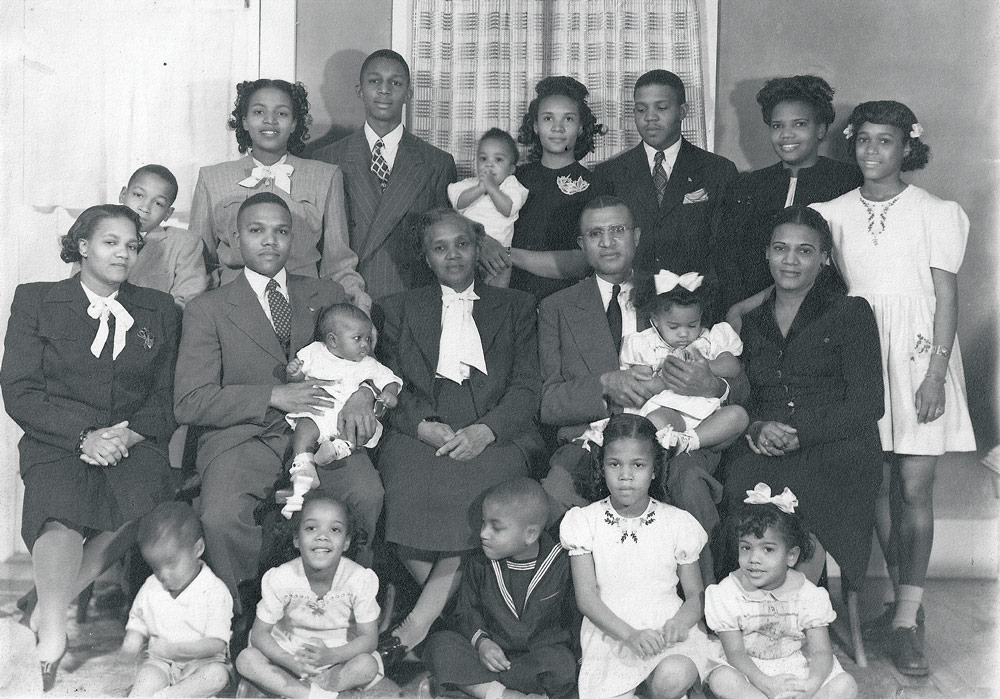
“My parents encouraged me to pursue the service approach, not to be hung up on making money,” she says. She was appointed to the boards of nonprofit institutions often as a way to help to integrate them, she says.
She’s most proud of her work on the Planned Parenthood affiliate, where she helped create a program to provide prenatal care for poor women who had been shunned by private obstetricians. These days, at age 70, she’s trying to take it easy, only accepting cases through clients and continuing her community service by working in her church.
The ongoing public discussion of the massacre that began in 2021 eased her burden of having to explain an experience that, although traumatic for earlier generations of her family, did not destroy or debilitate them.
“My grandparents made the conscious decision to stay and to raise my parents in Tulsa. My parents made the conscious decision to stay, and I’ve made the same conscious decision to stay,” she says. “That’s kind of a continuous chain of my family here.”